Making sales is good, but making bigger sales and moving more products per sale is better. That’s the gist of upselling and cross-selling. The goal is to increase sales by selling bigger, better, or more products in each transaction, while also improving customer satisfaction.
The great thing about cross-selling and upselling is that it works with new customers and existing ones alike. Either way, you can dramatically increase sales revenue by offering helpful and relevant product recommendations that move shoppers farther along the customer journey.
However, while upsells are similar to cross-sells, there are some key differences.
We’re going to explore both tactics, learn how to develop these types of offers, give some examples, and examine some online tools that make it easier to use cross-selling and upselling in your online store.
What’s the difference between an upsell and a cross-sell?
↑ Back to topIn brief, when a customer is about to make a purchase or has just made one, an upsell means you offer the same type of product but at a higher price. This new option could be a more robust, more feature-rich, bigger, or more customized version of the same product. “Would you like to upgrade to a larger size?” is a simple example of an upsell from takeout restaurants.
In contrast, when you recommend complementary products to the original purchase, you are offering a cross-sell. Upsells relate to different versions of the same product. Cross-sells relate to different products.
Sticking with the takeout restaurant example, a cross-sell would be mozzarella sticks to go with a meal.
Both strategies encourage customers to spend more money while getting a better deal. When done well, the business wins while also delivering a great experience throughout the customer journey.
Why use cross-selling and upselling?
↑ Back to topThere are several obvious benefits of using these strategies as part of your customer journey. Here’s a quick run-through of the main ones.
Higher revenue
Obviously, if your sales increase, your revenue increases. To be clear, this is distinct from profit. Depending on how you set up the purchase process, you might reduce or increase your profits. But your overall sales revenue will increase no matter what.
Higher average order value
The reason revenue always increases from this sales technique is because you’re still making the same number of transactions, but each is worth more.
A portion of your customer base won’t respond to these offers. But even if only 5% of them do, you’ll make more money on that 5% of sales transactions and your average order size will increase.
Increased customer satisfaction
Customers like feeling as if they won something or got a great deal. Successful cross-selling and upselling makes both new and existing customers feel great. They feel special. They feel like they got away with something. Instead of this, they ended up with this.
Effective cross-selling and upselling should only strengthen your customer relationships.
Improved inventory clearout
With cross-selling in particular, you’re selling more products than you otherwise would have. That means you’re moving more of your inventory and keeping the goods flowing. Especially if you’re managing your own inventory, you don’t want products sitting around for too long. With effective cross-selling efforts, you can increase the flow of products.
A more motivated sales team
If you have a sales team — either in person, on the phone, or via live chat — having upsells and cross-sells in their toolkit gives them more ways to surprise and delight customers. Especially new ones who have questions and uncertainties.
If your sales agents can address questions and concerns and also throw in an irresistible deal, they’ll be more likely to make the sale and expand your customer base.
How to identify products to cross-sell
↑ Back to topNot every product is good for cross-selling. Use these tips to look for good cross-selling opportunities among your products:
Look for complementary products
Some products just naturally complement each other and make great cross-sell offers. If you’re buying plates, you’re probably open to buying bowls, too.
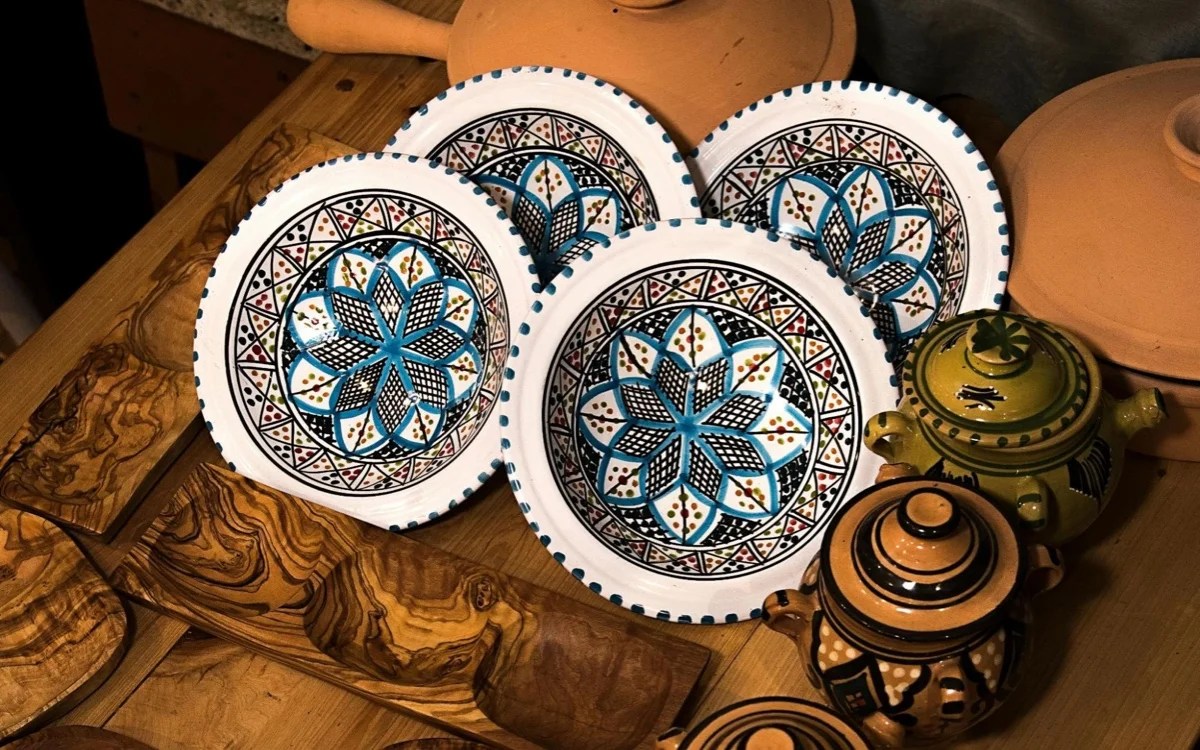
Examine your product lines to identify related products. See if you can find some natural pairs or larger groupings that could make good cross-selling offers.
Find lower cost products with high demand
The most effective cross-selling deals don’t add too much to the overall purchase price. Someone buying a $50 item isn’t likely to take you up on a cross-sell for another $50 item. So, you want your cross-sells to match up well in terms of the price of the original item. For a $50 item, you probably wouldn’t want the cross-sell deal to cost much more than $10 — unless you’re offering it at a special price, which we’ll discuss later.
Use products with high profit margins
High profit margin items work great as cross-sells because even if you discount them to motivate the sale, you’re still making money. This sales technique gives you more flexibility in the pricing deals you can offer.
Offer products with low buying resistance
Another approach is to cross-sell products that are just easy to sell. Think about the products sold next to the checkout lanes at grocery stores. These are easy sellers because they don’t cost much, and you’re standing there waiting anyway. You don’t have to sell too many of these for the revenue to add up.
Look for products that are easy to add onto a larger purchase, and that most new and existing customers won’t object to.
Use customer insights and data
You hopefully have plenty of customer data and purchase history records you can examine to find products with cross-selling potential.
Which products do customers purchase most often? Which ones deliver the best customer experience? If these are low-priced products, they might make great cross-sells for your higher priced products. If you have high-priced popular products, those would be good choices to pair up with lower-priced cross-sells because you’ll influence more transactions.
Past purchases from your current customers can reveal other valuable insights. For example, you might discover certain products often get purchased together. These are natural cross-sells, and you can use this customer data to increase sales of both products by offering one as the cross-sell for the other.
Another way to use purchase history data is to look at your current average order size.
If your average order size is $60, find products in the $40-$60 range, attach cross-selling offers, and see if you can bump up your average.
In other words, if 60% of your order amounts range from $40-$70, and only 10% are over $100, you’ll move the needle a lot more if you can add $10 to the $40-$70 range of purchases.
The main thing here is to try different approaches and see what happens with your customer engagement. Keep monitoring purchase history and customer data and see which strategies have the biggest impact on revenue.
Cross-selling examples and strategies
↑ Back to topOnce you’ve chosen the products you want to use for cross-selling, the next task is to figure out what sort of deal you want to offer. The good news is, if you’re offering cross-sells on multiple products, you can use several different strategies at once. Here are a few ideas to start with.
Discount the extra item
The simplest way to convince someone to take you up on buying the additional product is to offer it at a discount. You can make this a percentage discount, a dollars-off discount, or a discount based on hitting a certain total purchase price.
For example, the deal could be, spend at least $75 and get product X at 50% off. If you’ve done your research well by using the strategies discussed earlier, you should know your average order size and customer purchase histories. This approach works well if you set the minimum purchase price to be slightly above your current average. That way, you know you’re increasing revenue, even with the discounted extra item.
Use a membership or subscription incentive
Subscriptions are excellent tools for prolonging the customer journey — especially if you can get new shoppers to join — and they give your sales agents yet another option to offer during their customer interactions.
You can use subscriptions in two ways when it comes to cross-selling.
First, you could offer a free month or two of your membership program when the customer purchases the additional product.
The other way to use memberships is to make the subscription itself the cross-sell. Here, they buy their original item, and if they also add on a membership, they get a bonus item for free or at a steep discount.
One advantage of this approach is that you can break the rule for only cross-selling lower priced items. The reason is simple: subscriptions have a dramatic effect on customer lifetime value, so you can justify giving a steeper discount on a higher priced item because you’ll recover it in the monthly revenue.
Let’s say someone buys a $30 product. If they take you up on a membership deal in addition to that, at $15 per month, you could conceivably offer them a 75% discount on a $100 product.
Yes, you’re giving a huge discount on a higher value item, but you’re also getting recurring revenue. You can play with the numbers of course. In that example, it would take five months of membership to break even on the lost revenue. If your average member stays subscribed for ten months, then the five month break-even is perfectly reasonable.
The WooCommerce Subscriptions extension enables you to set up and run a subscription program, as well as use it for cross-selling. If that subscription is to a membership program, you’ll also need WooCommerce Memberships.
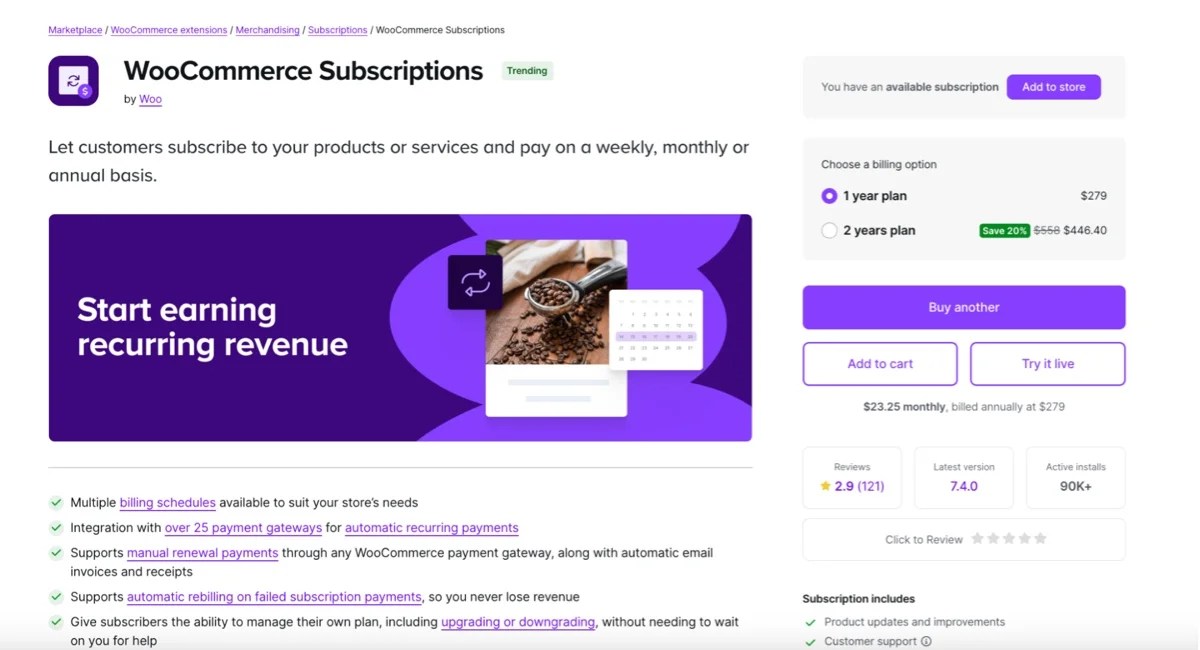
Bundle products together
Product bundling is a variation on the basic cross-selling strategy. You’re just cross-selling a basic package deal with multiple items rather than just one additional product, but the principle is the same.
Instead of buying just one item for $50, you can get a whole collection of related products for $90. This approach works well because you give the customers a win and, even if your per-product profit takes a hit, the volume of the products in the bundle will still result in a nice net gain.
Offer a potential reward
Another way to motivate the purchase of a cross-sell is, instead of discounting it, offer entry into some sort of contest and make the prize highly desirable. In-demand prizes could include things like one of your most expensive products, a gift card, a trip, or concert tickets.
With this approach, the cross-sold item is offered at full price, and the contest entry is the incentive. So you sacrifice no profits from the upsell purchase for any customer except the contest winner.
Another type of reward would be to offer a free third item with the purchase of the second.
With this strategy, the customer buys the first product, takes your offer for the cross-selling product, and then gets a third product free. Now you’re moving three products, you sold two of them at full price, and you delivered a great customer experience.
Offer free shipping
As long as the two items purchased produce enough revenue, you can offer free or discounted shipping as a reward for taking the cross-selling offer. This is simple, and it’s an easy way to boost customer satisfaction.
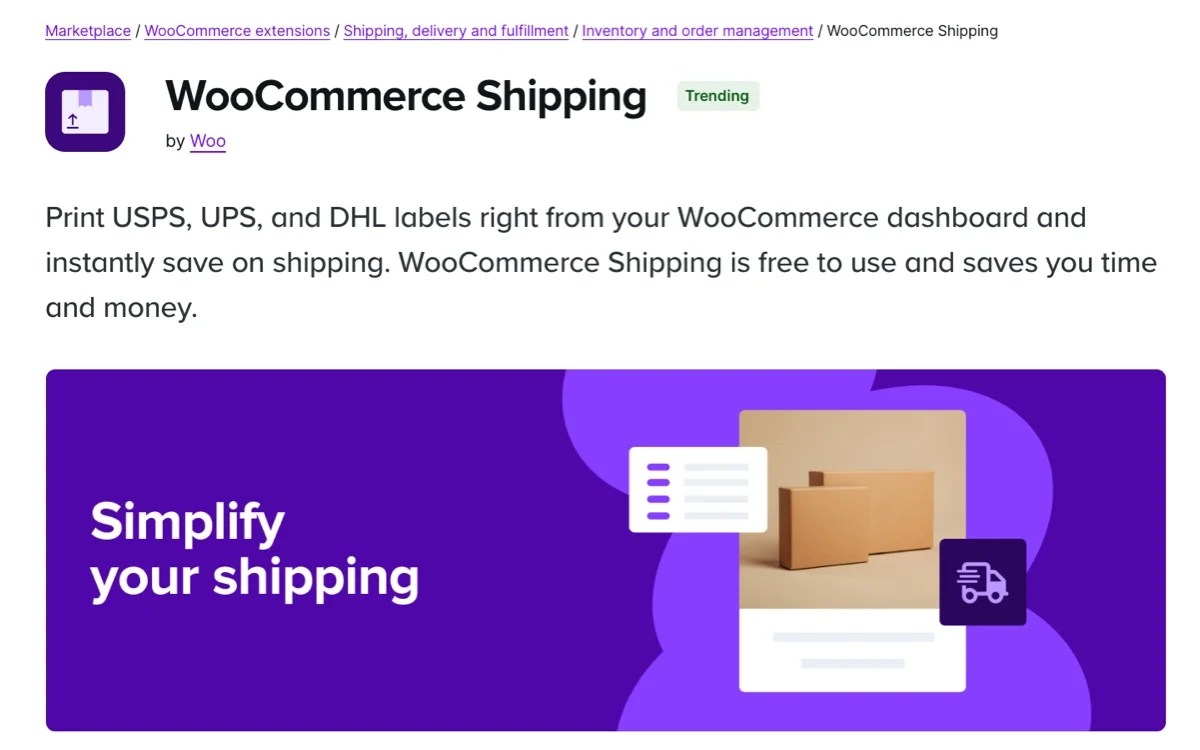
With WooCommerce, you can create a variety of shipping deals based on certain conditions that you set. And with the WooCommerce Shipping extension, you can get great discounts on shipping rates yourself, so offering free shipping isn’t as much of a sacrifice.
Just recommend the additional product
Oftentimes, you can create a successful cross-selling strategy by simply offering an additional product, and nothing else.
No discounts. No contests. No gimmicks. Just suggest complementary products to the original purchase.

UPPAbaby, for example, lists “must-have additions” to their strollers at the bottom of the product page. Each cross-sell item is directly related to that specific stroller, including things like car seat adaptors, organizers, and snack strays.
With this sales technique, the cross-selling products aren’t given at any discounts. They’re just recommended. For some customers, that’s all it takes. Try this approach and see what kind of customer engagement you get. You won’t sacrifice any overall sales revenue and might find yourself increasing it instead. You can create cross-sells by default with WooCommerce, but the Product Recommendations extension provides more advanced, smarter recommendations.
How to develop upsell offers
↑ Back to topUpsells are a little easier to come up with, and we’ll look at specific upselling strategies in a moment. To develop these offers, ask yourself a few key questions about the products you want to use for upsells.
What’s your goal?
Do you want higher revenue? Do you want to move more inventory? Do you want to launch a new version of a certain product? Do you want to win more new customers?
The motivation behind the upsell should influence the kind of deal you offer. For example, if you want to move more inventory, offer a deal where you can buy an additional item at reduced cost. For example, “buy one, and get the next at 50% off.” Or “buy one, and get the bigger version at the same price as the regular size.”
How long does this product last?
When products last a long time, the customer won’t need to buy another one any time soon. In this case, you might want to offer the most expensive version of the product. For products that run out in a few days or weeks, you might lean towards offering a deal where they get more than one of the same thing.
Will this deal increase customer retention?
Customer loyalty is more important than making just a single sale. It’s about healthy, positive customer relationships. Can you use your upsell opportunities to increase customer lifetime value?
Look to make offers that create more loyal customers by making them want to buy the same thing again and again. This works best for products with shorter shelf lives.
How many versions of this product do you have?
If you only have one version of the product, your upsell will have to focus on selling higher quantities of that product. But if you have multiple versions like different sizes, different levels of quality, or different features, you have many more upselling strategies at your disposal.
Upselling examples and strategies
↑ Back to topNow, let’s look at some upsell opportunities you can use to increase sales revenue from new and existing customers.
Premium plans
When customers prepare to buy a basic version or mid-level version of a product, offer an upsell for the next higher version. You could try doing this at full price — just suggest the premium product. However, it will probably work better to offer the higher tier product at a slight discount.
Buy more and save more
This is a great way to encourage customers to spend more and feel great about it. There are several variations for this, such as:
- Buy one get one half off
- Buy two get one free
- But one get two at X% off
- Buy three get the fourth free
- Buy one get the bigger size at X% off
There are endless ways to use this strategy. What makes sense for you depends on the specifics of your products. But with all these approaches, the idea is to move more inventory and increase average order size by building on the customer’s initial purchase.
Bigger sizes
Here, you’re simply offering the bigger version of the same thing. You’re buying the 20oz package? Why not buy the 32oz package for 20% off?
As long as the deal is just slightly better, some customers will jump on it.
Bonuses
Here, you might create a smaller version of the same product and offer it as a free bonus. This works well, especially for brand new products.
For instance, create a trial size or a travel size of the same product, and give it away to anyone who buys two or more of the regular size. Not only does this encourage upsells, it’s also great for customer satisfaction and customer loyalty, and can even drive repeat purchases.
Product variations
The basic package has the regular flavor, but customers can upgrade to the deluxe package that comes with additional flavors and treats. With food products, this idea is simple to understand. But it can apply to many other types of items as well.
The more varieties of each product you have, the more options you have for upselling the higher-priced versions or packaging different versions together as a bundle.
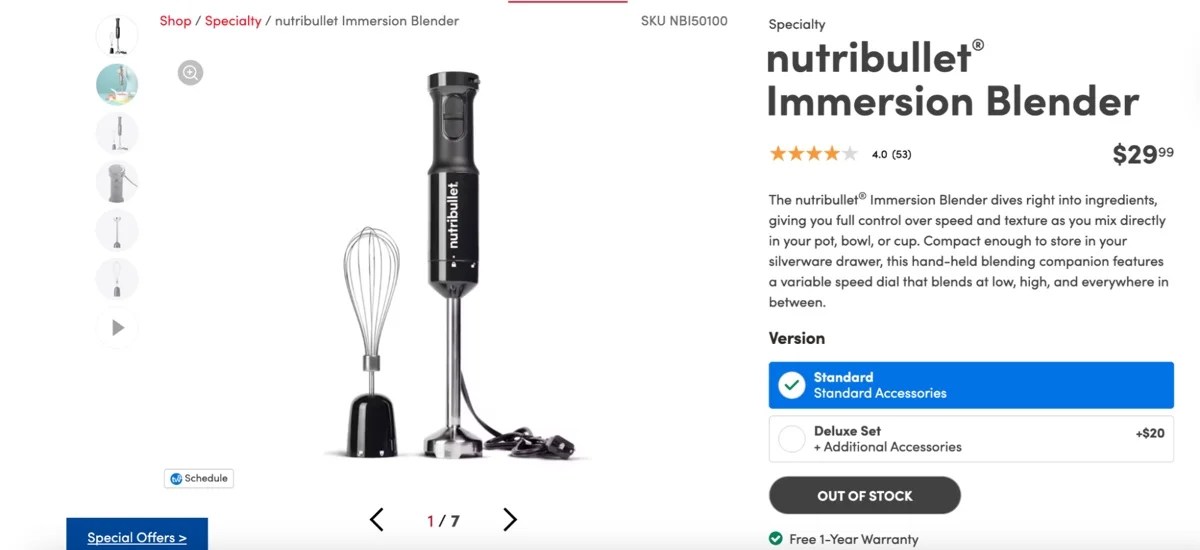
Pre and post-purchase upsells
Another question with upsells is when to offer them.
You can offer upsells during the initial purchase. This approach works well for situations where you’re offering the same product, but just more of it. For example: “You’re about to buy a month’s supply of dog food. With this one-time-only offer, you can buy another month’s supply at 50% off.”
You could also offer an upsell post-purchase by suggesting the customer try a premium version next month at a steep discount or that they buy a larger volume at one time to save on shipping.
Play around with both approaches and monitor your customer purchase histories to see which works better.
Additional upselling and cross-selling techniques
↑ Back to topHere are a few more things to remember when implementing these strategies, along with more upselling and cross-selling examples.
Make it relevant
Any products or extra features you recommend must be relevant to the original purchase. If someone buys yogurt from an online grocery, don’t cross-sell them with toilet cleaners.
The customer should see the natural relationship between what they’re buying and the additional options you’re presenting.
Make it helpful
If a customer purchases a set of steak knives, it helps that person if you also offer a way to store them. Cross-selling them with decorative steak knife holders isn’t just relevant; it’s helpful. You’re making life simpler by solving two problems at once.
Even better, you can offer a bonus set of knives or other cutlery as an upsell. Again, you’re helping by providing a relevant offer.
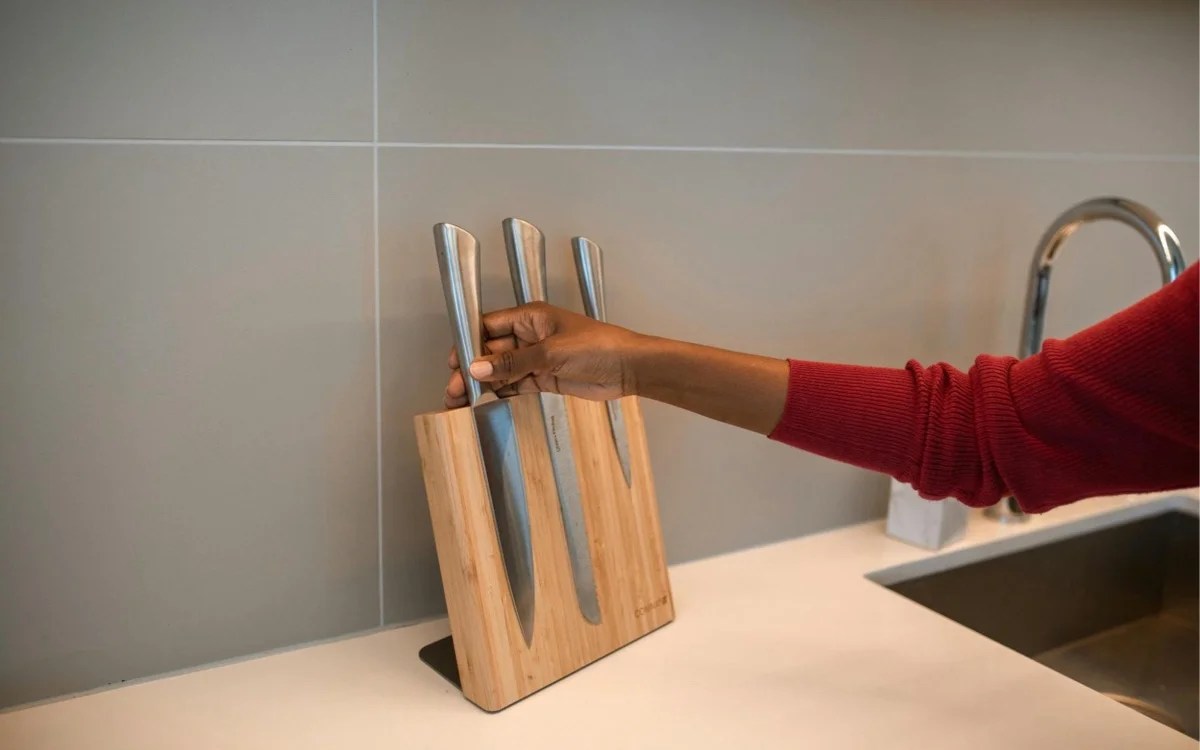
Make it desirable
Your upsells should be your most reviewed, most relevant, or best-selling products and services. Use your customer feedback to help decide which products to feature.
Make it urgent
When applicable, you should take every opportunity to limit the availability of a product or service, either by limiting the quantity or purchase window.
For a service or client-based business, “I can only accept 12 new private clients” increases the urgency to buy now.
For product-based businesses, you may have some products with limited shelf-life. Some food products are only available at certain times of year. You might have only manufactured a fixed number of a particular product. Or you have discontinued or altered it, meaning that whatever remains of the original product supply represents the last opportunity to buy it.
Highlight these exclusive and limited cross-selling and upselling opportunities. This is the “use it or lose it” concept.
Make it easy
With a WooCommerce store, the technology that powers your upselling and cross-selling strategies is already available and makes it easier for you and your customer base to take advantage of this sales approach.
Look below at some popular extensions that elevate your ecommerce store’s capabilities to use cross-selling and upselling.
How to use marketing technology to boost your cross-selling strategy
↑ Back to topHere are five WooCommerce extensions that make it easier to use cross-selling and upselling in your ecommerce store. The first one might be the most powerful because of how much it enables you to do once it’s set up.
Product Recommendations
The Product Recommendations extension allows you to categorize your upsells and cross-sells by categories or tags. This saves lots of time over the built-in WooCommerce functionality, which requires that you set recommendations for each product individually.
So if someone purchases lipstick in an ecommerce store that sells beauty products, you can quickly offer cross-selling products tagged as “face” or “eyes,” or however it makes sense to categorize your products.
In other words, you only need to categorize and tag your products one time. Every time you add a new product and want to create a set of upsell and cross-sell product recommendations, you can do so very quickly.
With the foundation of categories and tags in place, you can now execute all of the following cross-selling techniques, and more, in very little time.
Recommend products from recently-viewed categories
Someone who views multiple product pages for notebooks is clearly looking for… notebooks. If they’re also viewing pages for pens, tape, and lined paper, you can make a pretty confident assumption this person is in the market for school or office supplies.
By recommending other products in those categories that they haven’t viewed, you may just hit upon the item they’re really looking for but may not have found yet. You’re making their shopping experience easier.
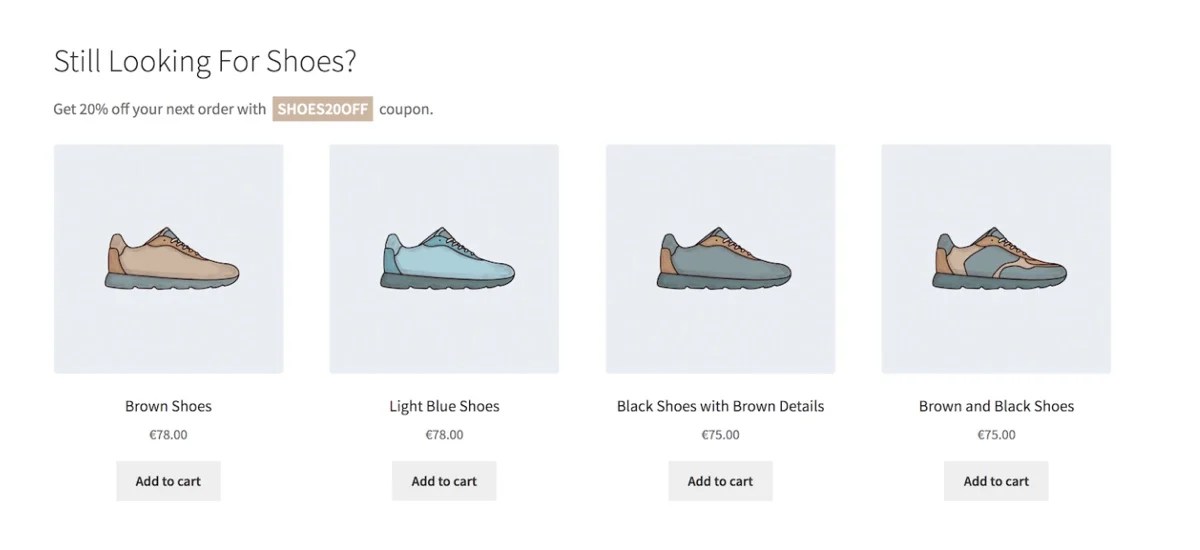
Choose where to offer your product recommendations
You can set your online store to offer recommendations in several places:
- Product and category pages
- The checkout page
- The order confirmation page
Offer trending and top rated products from customer data
With Product Recommendations, you can place your most popular products in view of shoppers — even if you don’t yet have any specific data about their preferences. This gives you a reasonable shot at still reaching people with something relevant.
Help your customers complete the package
By using language like “Complete the look” and “Frequently bought together,” you can encourage more customers to add relevant products to their purchases.
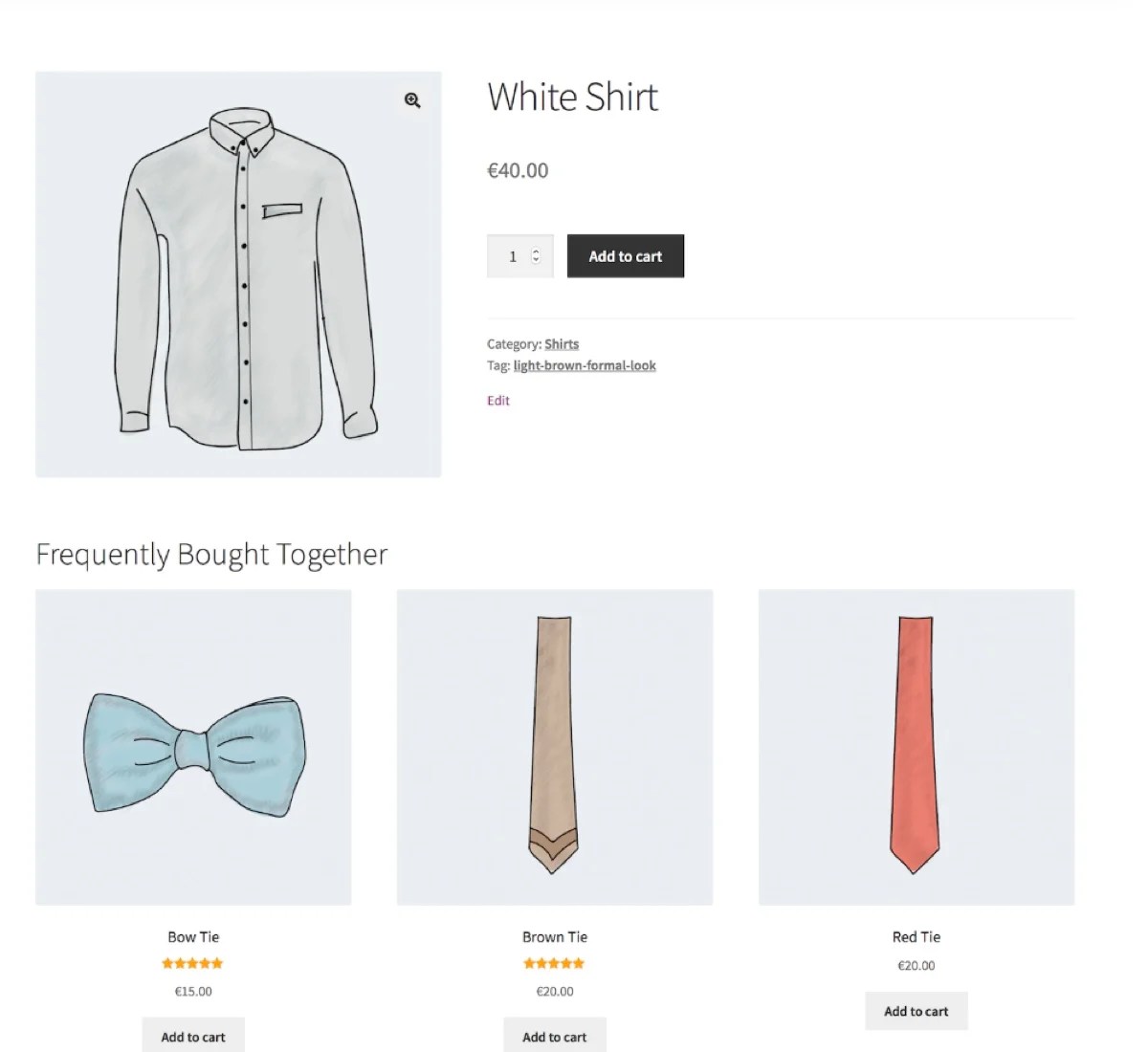
Someone who buys yoga pants from a fitness ecommerce store may need workout shoes as well.
If you notice certain products often being purchased together in your customer data, start recommending this combination to anyone who adds one of those products to their cart.
Remind them what they forgot
Product Recommendations can also keep track of what a visitor has viewed during a shopping session. For products they viewed but did not add to their cart, you can set up a “Did you leave these behind?” recommendation that reminds them what they looked at.
This strategy will increase average order value, and your customers will appreciate the convenience you’re providing.
Offer post-purchase deals
On the order confirmation page, you can offer post-purchase cross-sells and upsells using one-time-only coupons and discounts. For example, you might say, “Since you bought this product, buy any one of these three items and save 10%, using this use-it-or-lose-it coupon.”
Discover your best cross-selling products
Product Recommendations includes all the analytics you need to optimize your marketing strategies. You can measure your revenue, views, clicks, conversions, and conversion rates for each product page. You can then calculate other metrics like average transaction size. This type of data is a form of customer feedback.
With this data, you’ll quickly identify your most popular sellers, which ones get a lot of views but not a lot of buyers, your biggest moneymakers, and your worst duds.
Among other things, you can use this data to create more effective upsell and cross-sell recommendations.
Now, in addition to the Product Recommendations extension, here are four others that can help bolster your cross-selling and upselling efforts:
Upsells and cross-sells for variations
This particular extension was designed specifically for the sales approach we’ve been discussing. It increases the number of options and strategies you can use for upselling and cross-selling products — especially when those deals relate to products with numerous variations.
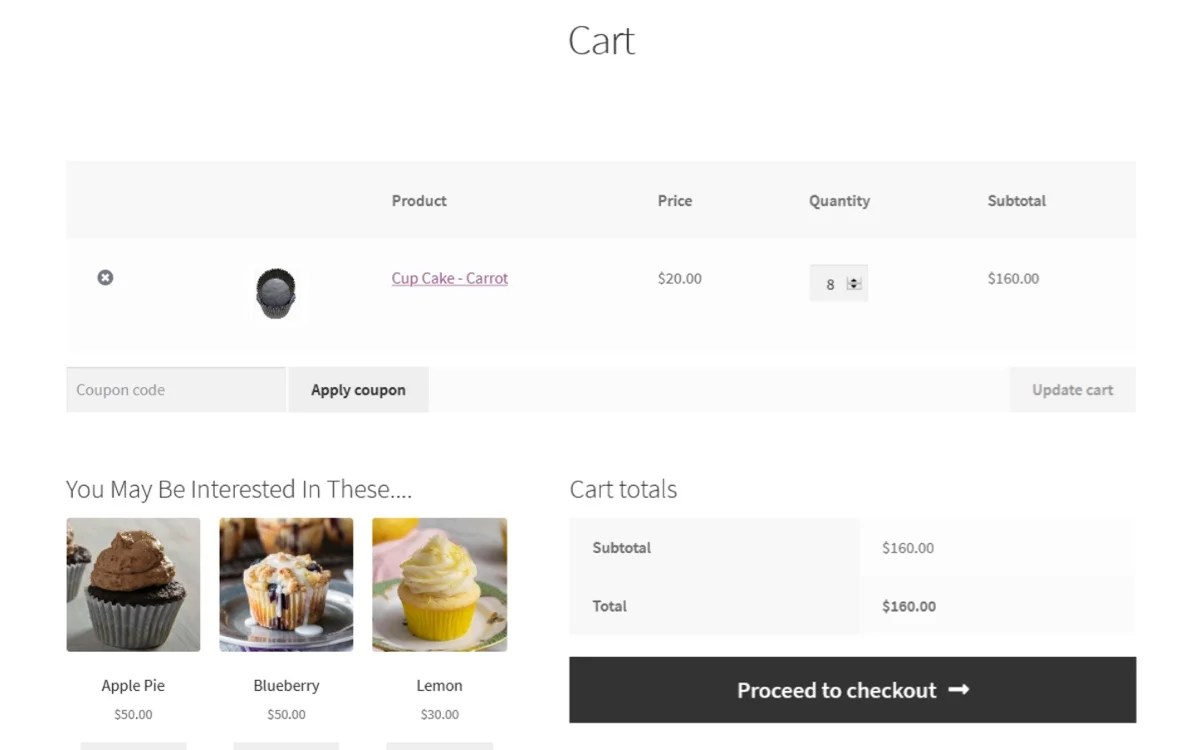
For example, product categories like food and clothing often come with several variations you can use to make more appealing offers.
Product Add-Ons
The Product Add-Ons extension allows you to offer personalized upsells. Customers can add special graphics, names, and other details to orders for a small increase in price. They can also purchase things like gift wrapping and faster shipping.
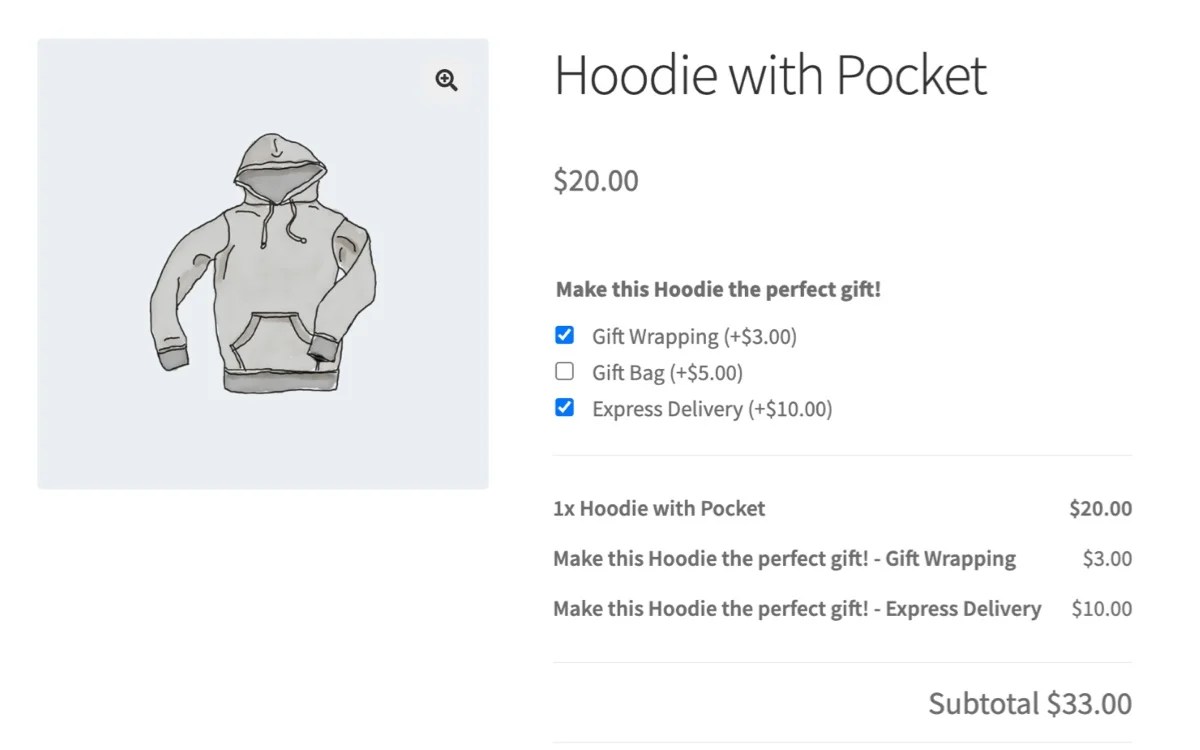
This extension delivers a fantastic customer experience in addition to offering great deals.
Product Bundles
For offering personalized product sets with discounts for buying in bulk, the Product Bundles extension has become one of our most popular tools.
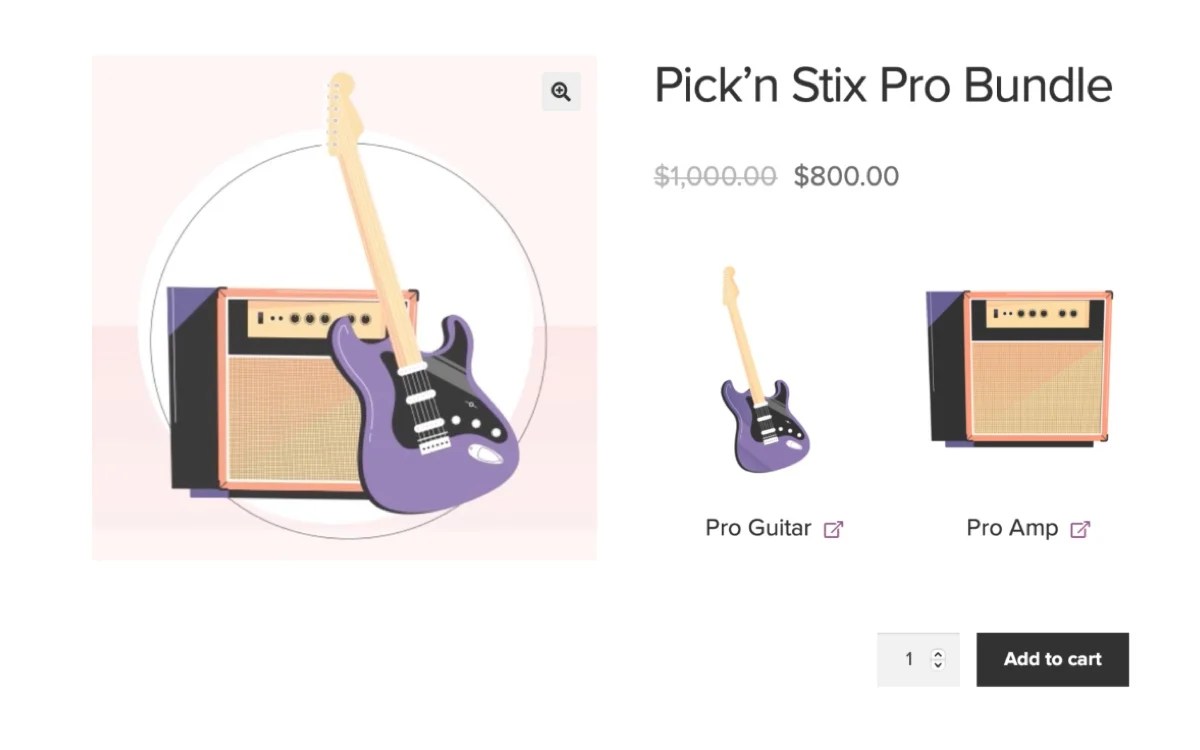
This extension can do much more than just help with upsells and cross-sells, but if increasing order size and moving inventory is one of your primary goals, take a close look at this tool.
Email marketing
Cross-selling and upselling is made easier if you supplement your online sales process with email marketing, especially for existing customers who already know and trust you.
With this approach, your sales team can give customers additional time to consider post-purchase deals through email.
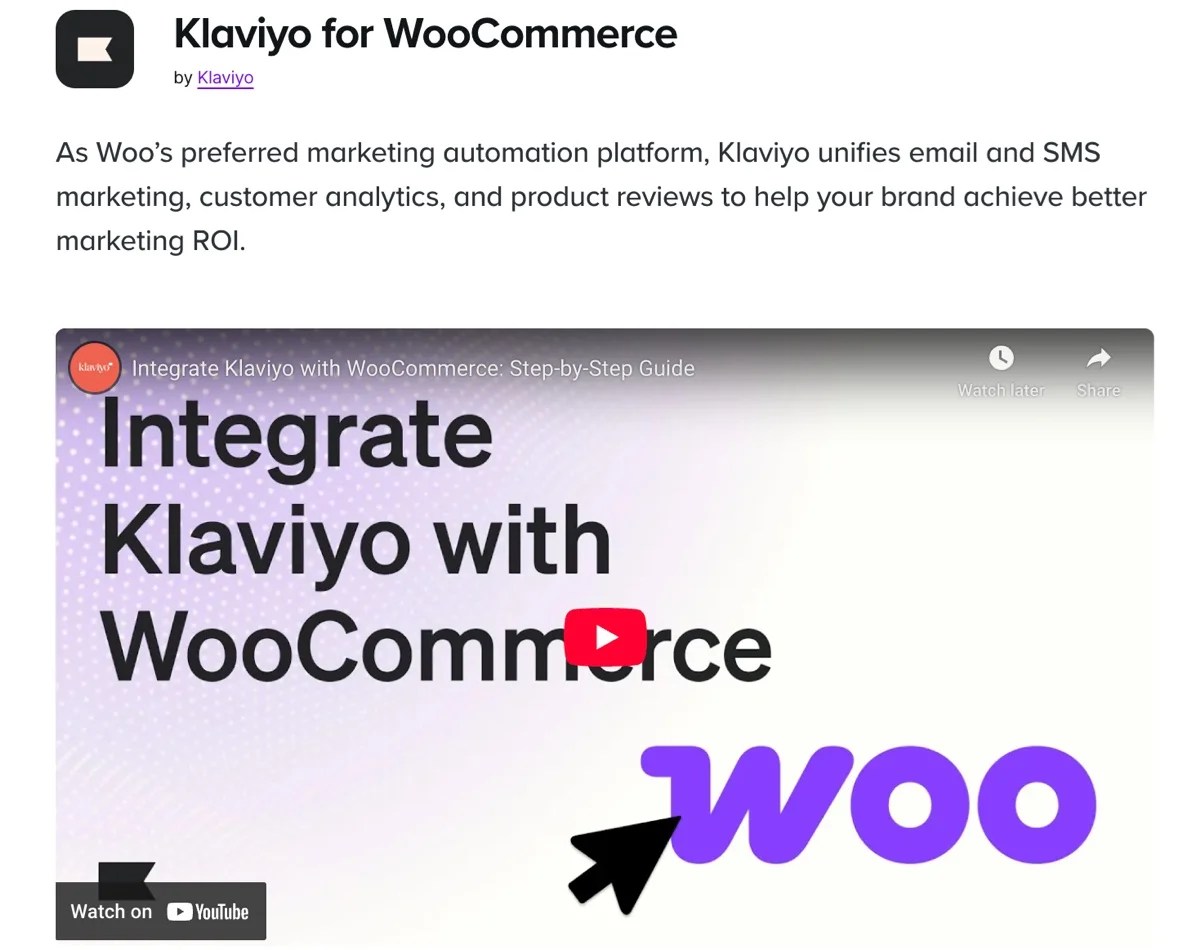
Klaviyo for WooCommerce is Woo’s preferred marketing automation platform. It has advanced segmentation capabilities so you can send relevant messages to the right subscribers and skip those who don’t want to hear from you right now.
It also has automated flows that can send messages to subscribers based on their actions and point in the customer journey. Every subscriber gets a unique sequence and you get maximum results.
Setup is simplified with 160+ templates and dozens of pre-built flows so you can multiply your marketing efforts in no time.
Klaviyo goes beyond email, too, with support for SMS marketing, review collection, and more.
The key to upselling and cross-selling
↑ Back to topSuccessful upselling and cross-selling is all about timing.
Offering a coupon special when a person first visits your page will produce a different response compared to offering the same special as an upsell on the checkout page.
Use one or more of the extensions just described, and start making more money from upsells and cross-sells.
About







Really helpful post! Upselling and cross-selling are such powerful ways to increase average order value and move inventory more efficiently. I like how you broke down the difference between the two and provided practical tips on identifying the right products and using customer data. Offering smart product bundles, discounts, or even membership incentives can really boost both revenue and customer satisfaction.